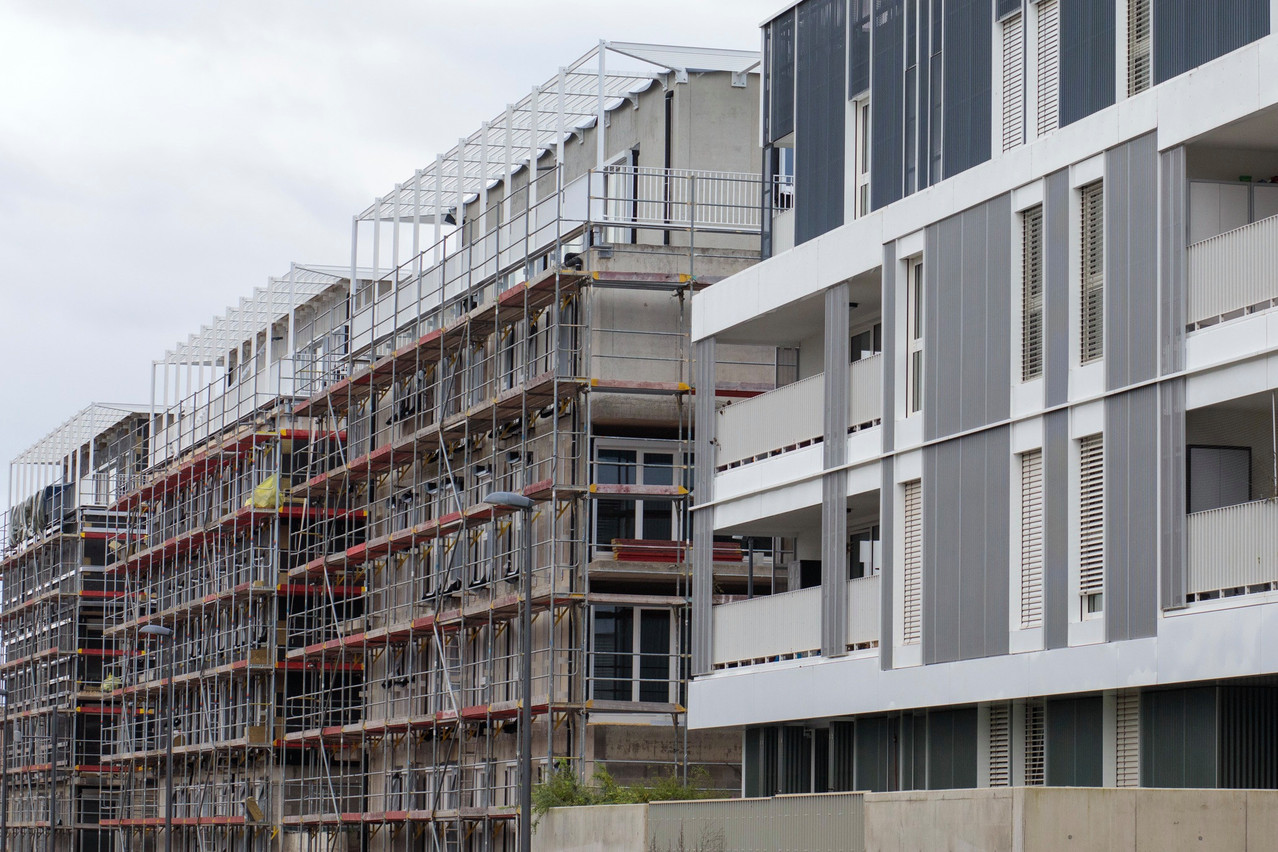In Luxembourg, real assets, comprising property, vehicles and valuables, represented 77% of total gross assets held by households in 2021, according to a recently published Luxembourg Central Bank (BCL) household finance and consumption survey. Financial assets, including bank deposits, mutual funds, listed and unlisted shares, as well as pension and insurance accounts, constituted the remaining 23%.
The average value of real assets per household in 2021 was €1.1m, with 91% invested in real estate, revealed the , released on 20 November 2023. This marked a 10-percentage-point increase from 2018. Meanwhile, the average value of financial assets per household stood at €322,000. Personal vehicles emerged as the most commonly owned real asset, possessed by 85% of households.
Household debt
In terms of household debt, 54% of all households in Luxembourg had outstanding debt in 2021, mirroring the 53% reported in the 2018 survey.
Household debt comprises both mortgage and non-mortgage debt. Notably, mortgage debt, which was held by 32.6% of all households, constituted 91% of the total household debt, a figure that remained consistent with 2018 levels. Within this mortgage debt, 65% was associated with the household’s primary residence, and the remaining 35% pertained to investments in other real estate properties.
The authors of the report, Thomas Mathä, Giuseppe Pulina, Ana Montes-Viñas and Michael Ziegelmeyer, observed that most debt indicators remained steady from 2018 to 2021. However, they highlighted a significant change, stating, “the median value of the debt-to-income ratio increased substantially, from 96% to 133%, reflecting faster growth in mortgage debt, which is linked to property prices, than in household income.”
Household wealth
The survey also underscored a notable rise in household net wealth. In 2021, the average net wealth, which is the total of real assets (including housing) plus financial assets minus all liabilities (including mortgages), was valued at €1.27m per household. This represents a 41% increase in nominal terms and a 34% rise in real terms, adjusted for inflation, compared to 2018.
The authors of the study attributed this growth spurt over a three-year period primarily to “rapid increases in real estate prices”. They observed that the average value of a household’s main residence rose by 24%, representing an increase of approximately €124,000, while the value of other real estate properties surged by an average of 88%, translating to a €177,000 increment.
On the liabilities side, the average value of household mortgages grew by 34%, and the outstanding amount of mortgages on other real estate properties increased by 54% during the same period.
Among homeowners, the average value of the main residence was €968,000 in 2021, reflecting a 32% increase from 2018. This followed a 14% rise from 2014 to 2018.
Regarding wealth distribution, the Gini coefficient, a measure of inequality, remained virtually unchanged since 2018.
In 2021, the top 5% of households owned around 34% of total net wealth, with the top 20% holding almost two-thirds, echoing the 2018 figures.
Over 2,000 households from the grand duchy participated in the survey, the results of which are detailed in the 134-page .
